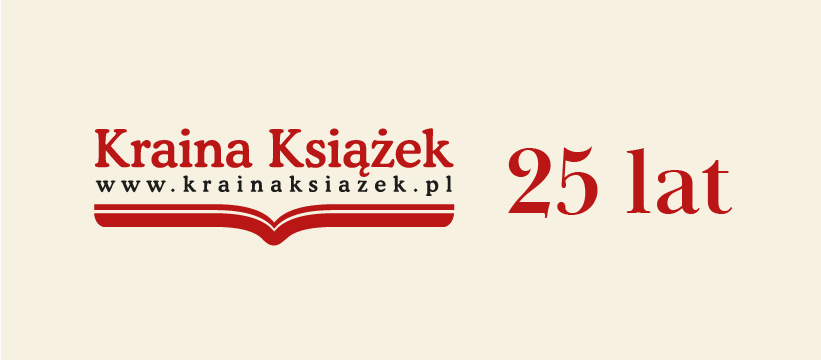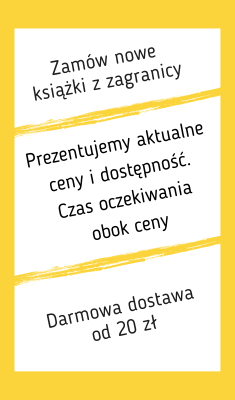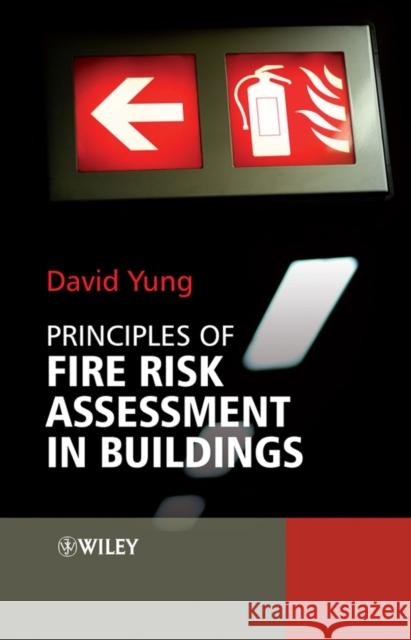Principles of Fire Risk Assess » książka
Principles of Fire Risk Assess
ISBN-13: 9780470854020 / Angielski / Twarda / 2009 / 248 str.
This book arrives at just the right time to facilitate understanding of performance-based fire risk assessment in buildings - an integral part of the global shift in policy away from traditional prescriptive codes. Yung, an internationally recognised expert on the subject of fire risk assessment, introduces the basic principles and techniques that help the reader to understand the various methodologies that are currently in place or being proposed by different organisations. Through his illustration of basic principles and techniques he enables the reader to conduct their own fire risk assessments. He demonstrates how the probabilities of fire scenarios are assessed based on the probabilities of success and failure of fire protection measures that are in place. He also shows how the consequences of fire scenarios are assessed based on the intensity and speed of fire and smoke spread, the probability and speed of occupant response and evacuation, and the effectiveness and speed of fire department response and rescue efforts. Yung's clear and practical approach to this highly topical subject enables the reader to integrate the various tools available into a quantitative framework that can be used for decision making. He brings an invaluable resource to all those involved in fire engineering and risk assessment, including students, academics, building designers, fire protection engineers, structural engineers, regulators and risk analysts.











